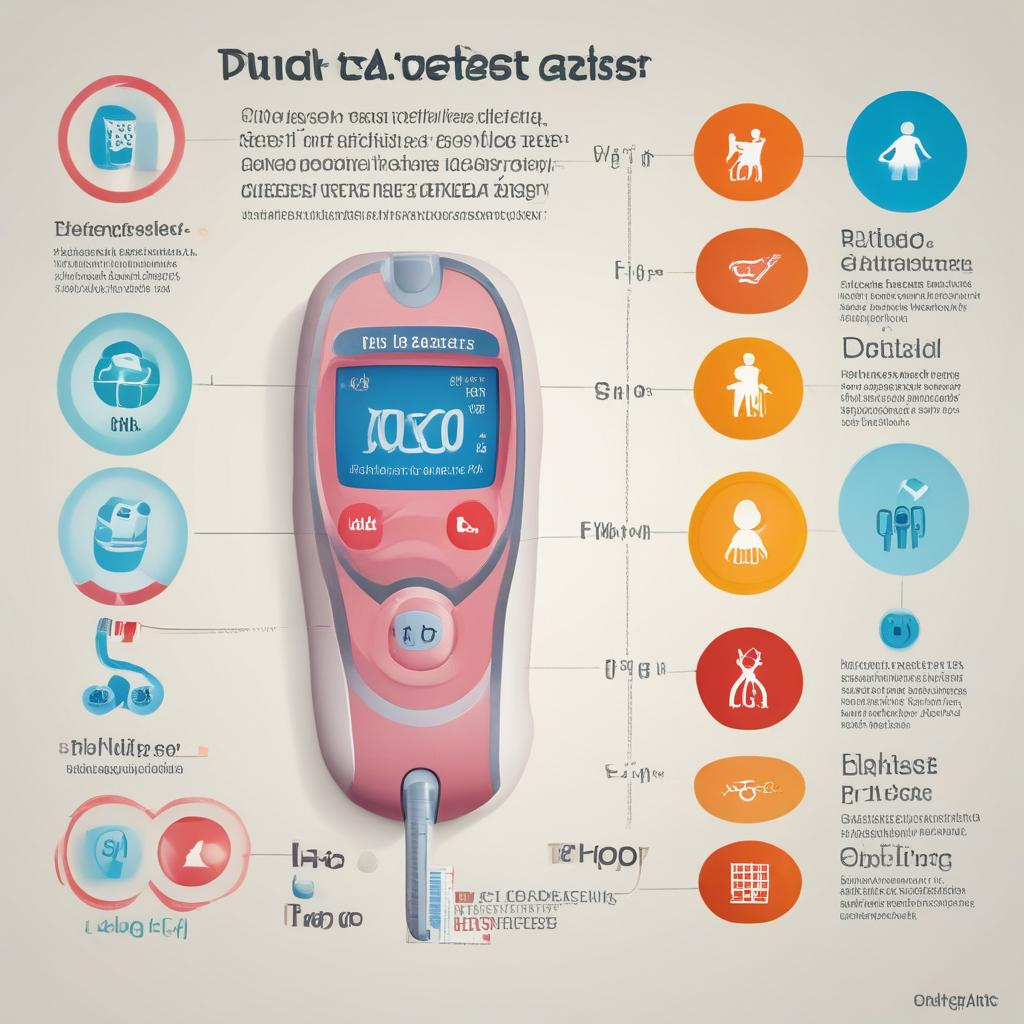 Types
Types
Type 1, type 2, and gestational diabetes are the most prevalent forms
of diabetes.
Diabetes type 1
If you are affected by type 1 diabetes, your body produces insufficient
insulin or none at all. Your pancreas cells producing insulin are
targeted and destroyed by your immune system. Type 1 diabetes typically
presents in children and young adults, but it can also manifest at any
stage of life. Individuals diagnosed with type 1 diabetes must
administer insulin on a daily basis in order to survive.
Diabetes type 2
If you have type 2 diabetes, your body's cells do not effectively
utilize insulin. The pancreas could be producing insulin, but not
producing sufficient amounts to maintain normal blood glucose levels.
The most prevalent form of diabetes is Type 2 diabetes. If you have risk
factors like being overweight, obesity, or a family history of type 2
diabetes, your chances of developing the disease are higher. Type 2
diabetes can occur at any age, including in childhood.
Knowing the risk factors and making healthier lifestyle choices, like
losing weight or preventing weight gain, can assist in delaying or
preventing type 2 diabetes.
Causes of Diabetes 1 and 2
| Feature | Type 1 Diabetes | Type 2 Diabetes |
|---|---|---|
| Cause | Autoimmune destruction of insulin-producing cells | Insulin resistance and inadequate insulin production |
| Age of Onset | Typically childhood or adolescence | Often occurs in adulthood, but can occur at any age |
| Preventability | Not preventable | Can be preventable with lifestyle modifications |
| Insulin Dependency | Requires insulin injections for survival | May require insulin or oral medication, varying by severity |
| Risk Factors | Genetic predisposition, environmental factors | Obesity, sedentary lifestyle, family history, age |
| Symptoms | Sudden onset, excessive thirst, frequent urination, weight loss | Gradual onset, fatigue, increased thirst, frequent urination |
| Management | Insulin therapy, blood sugar monitoring, carbohydrate counting | Lifestyle modifications (diet, exercise), medication, blood sugar monitoring |
| Complications | Higher risk of ketoacidosis, hypoglycemia, autoimmune conditions | Higher risk of cardiovascular disease, neuropathy, kidney disease |
| Prevalence | Less common (approximately 5-10% of cases) | More common (approximately 90-95% of cases) |
Pregnancy-induced diabetes.

Gestational diabetes is a form of diabetes that occurs while pregnant. Usually, after the baby is born, this form of diabetes tends to disappear. Nevertheless, having gestational diabetes increases your risk of developing type 2 diabetes in the future. Type 2 diabetes is occasionally identified as the form of diabetes during pregnancy.
A condition of elevated blood sugar levels that are not high enough to be classified as type 2 diabetes.
Individuals with prediabetes possess blood sugar levels that exceed the
typical range but do not reach the threshold for a type 2 diabetes
diagnosis. Having prediabetes increases the likelihood of developing
type 2 diabetes later on. Your risk of heart disease is also increased.